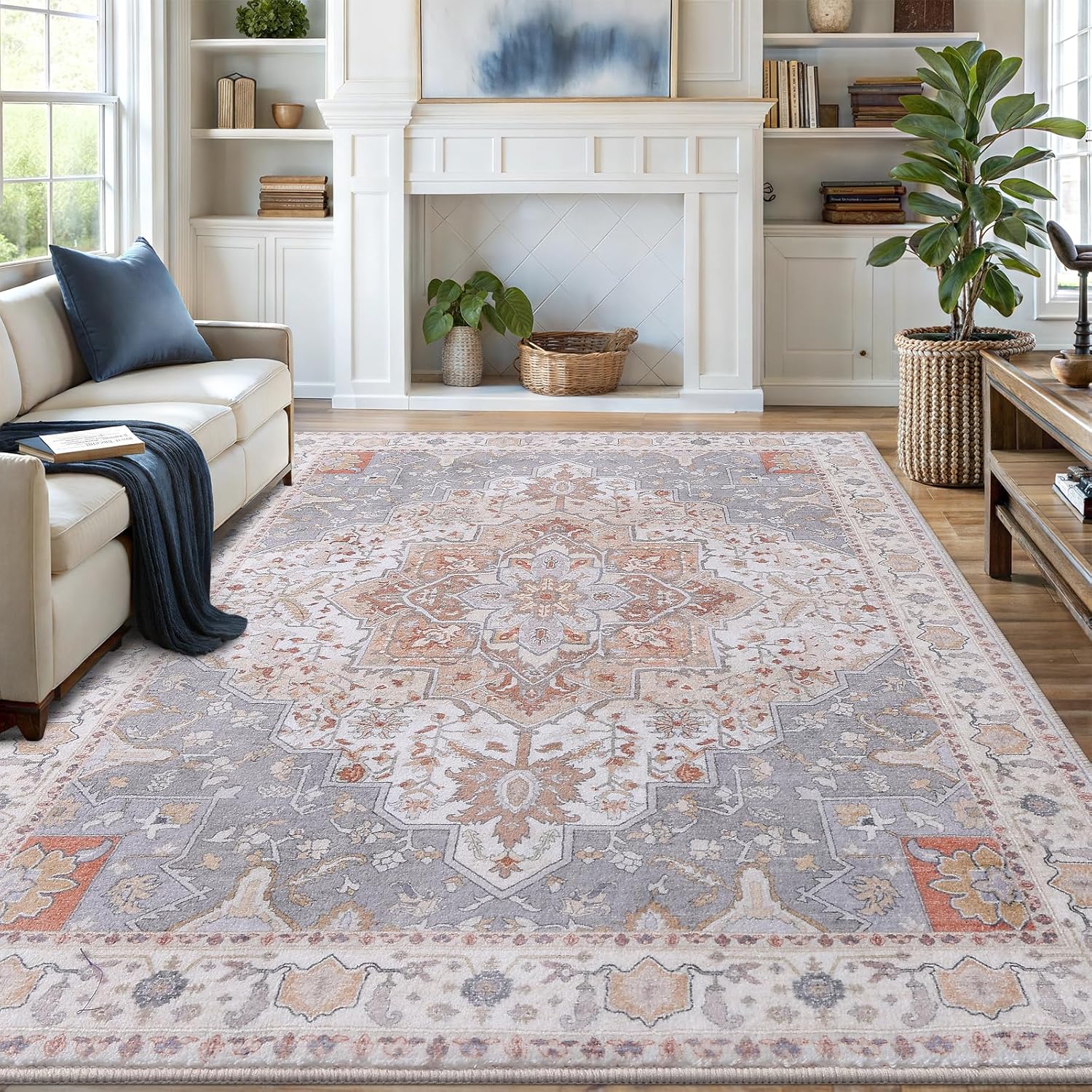Regular floor sanitization prevents the spread of germs, reduces allergens, and maintains a healthy environment for occupants.
Clean floors do more than look good – they create safer, healthier environments. In today’s world, proper floor sanitization prevents illness, extends flooring life, and maintains indoor air quality.

5 Critical Reasons to Sanitize Floors Regularly
1. Reduces Germ Spread Dramatically
Floors collect 90% of indoor contaminants. A University of Arizona study found shoes track in 421,000 bacteria per square inch. Regular sanitization with products like antibacterial sprays destroys harmful pathogens.
2. Improves Indoor Air Quality
Dust particles become airborne when disturbed. The EPA states indoor air can be 2-5x more polluted than outdoor air. Sanitized floors prevent:
- Allergen circulation
- Mold spore dispersal
- Toxic chemical buildup
3. Prevents Costly Slip-and-Fall Accidents
The CDC reports over 1 million slip injuries annually. Proper sanitization removes:
| Hazard | Solution |
|---|---|
| Grease buildup | Degreasing sanitizers |
| Soap residue | pH-balanced cleaners |
4. Extends Flooring Lifespan
Grime acts like sandpaper, wearing down finishes. Regular sanitization with proper tools like the best steam mops can double a floor’s service life.
5. Meets Rising Hygiene Expectations
Post-pandemic surveys show:
- 73% expect daily floor cleaning
- 62% demand daily disinfection
- 33% feel current cleaning is inadequate

Best Practices for Effective Floor Sanitization
Choose the Right Products
Different floors need specific solutions:
- Hardwood: pH-neutral cleaners
- Tile: Alkaline-based sanitizers
- Vinyl: Non-abrasive disinfectants
Follow Proper Techniques
The IICRC recommends this 3-step process:
- Dry vacuum or sweep
- Apply EPA-registered disinfectant
- Allow proper dwell time (usually 5-10 minutes)
Maintain Proper Frequency
High-traffic areas need daily sanitization. According to EPA guidelines, even low-traffic spaces should be sanitized at least twice weekly.
Special Considerations for Different Environments
Healthcare Facilities
Require hospital-grade disinfectants with kill claims for:
- MRSA
- C. diff
- Norovirus
Schools and Daycares
Prioritize non-toxic options like organic cleaning products that are safe for children while still effective against common germs.
Food Service Areas
Need NSF-approved sanitizers that eliminate foodborne pathogens without contaminating food surfaces.
The Future of Floor Sanitization
Emerging technologies like electrostatic sprayers and UV-C disinfection robots are revolutionizing floor cleaning. These innovations provide:
- More consistent coverage
- Reduced chemical usage
- Documented disinfection results
Proper floor sanitization is no longer optional – it’s a fundamental requirement for healthy indoor environments. By implementing regular, thorough cleaning protocols with the right products and techniques, facilities can protect occupants while extending their flooring investment.

Vanmoos 6×9 Machine-Washable Area Rug — Artistic Flair / Beige
Low-pile, non-slip rug that minimizes pet hair collection and makes quick cleanup part of your routine.
Affiliate link — may earn a commission at no extra cost to you.
